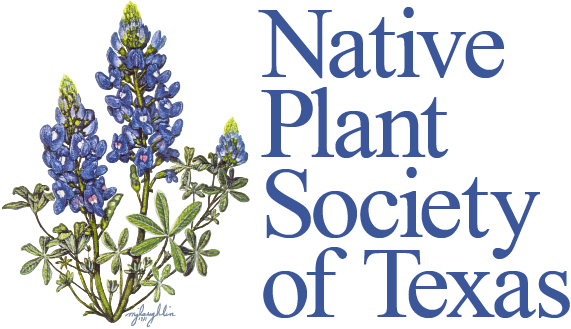We’re back in person!
Clear Lake Chapter meetings are on the 2nd Monday of the month from 6:45 to 8:30 p.m. Doors open at 6:15 p.m. Meetings are open to the public; visitors are welcome.
Agenda:
6:15 – Doors open
6:40 – Zoom opens
6:45 – Chapter business meeting begins
6:55 – Plant of the Month presentation
7:00 – Guest speaker*
July 8: Cherie Colburn, author and professional landscape designer. UHCL Bayou Building, Room 1333, and online. Doors open at 6:15.
August 12: Gabriel Durham, Program Manager, Bird Friendly Communities and Natives Nursery. UHCL Bayou Building, Room 1333, and online. Doors open at 6:15.
*Upcoming topics and presenters are subject to change.
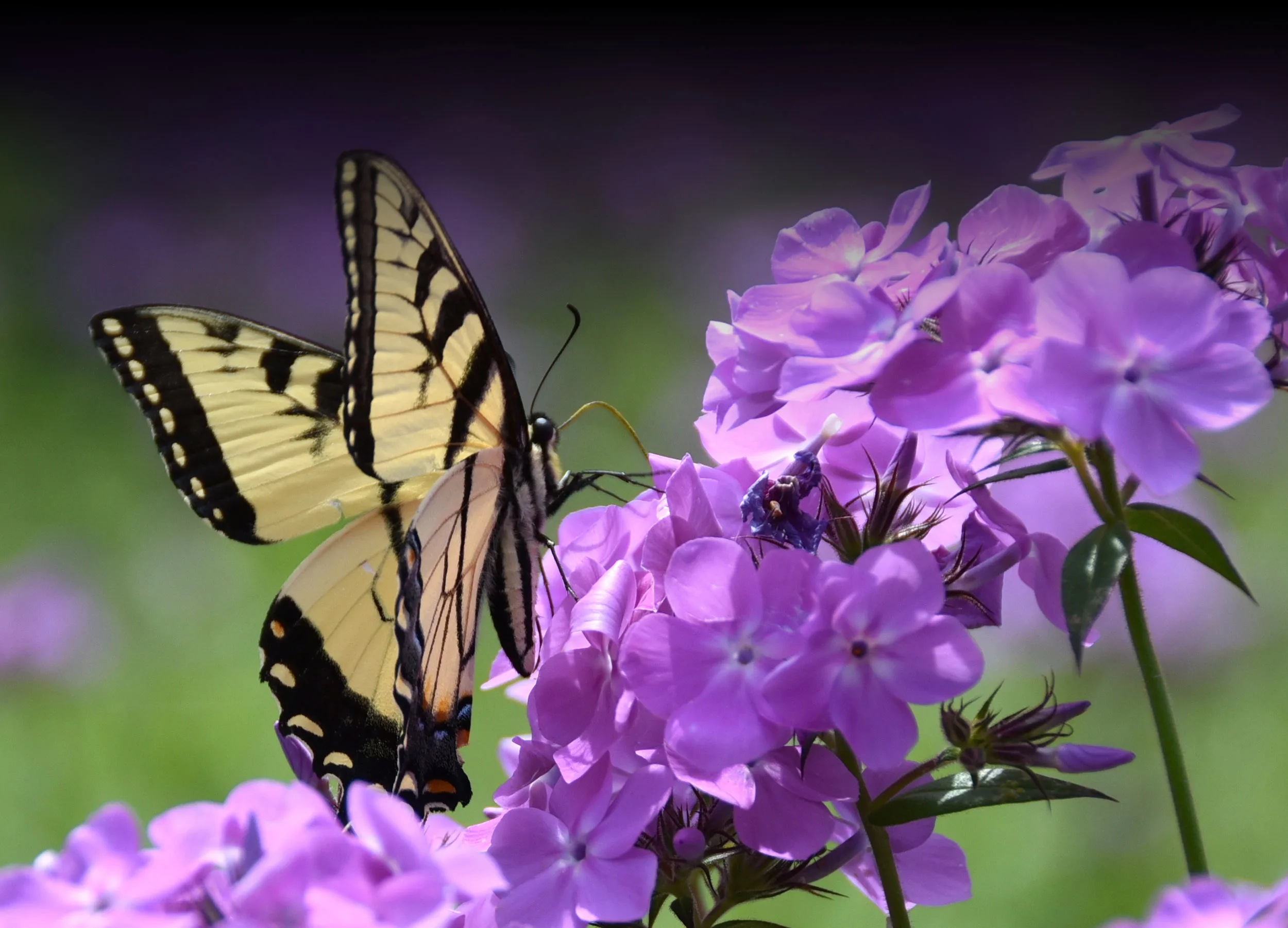
CANCELED – Keeping it Local: Integrating Native Plants in Your Landscape – Hybrid Clear Lake Chapter Meeting
Monday, July 8 — Clear Lake Chapter Meeting — Through photos and stories, native Texan Cherie Colburn demonstrates how attention to where, why, and what’s in our gardens can make us better stewards of our world.
Past Meetings
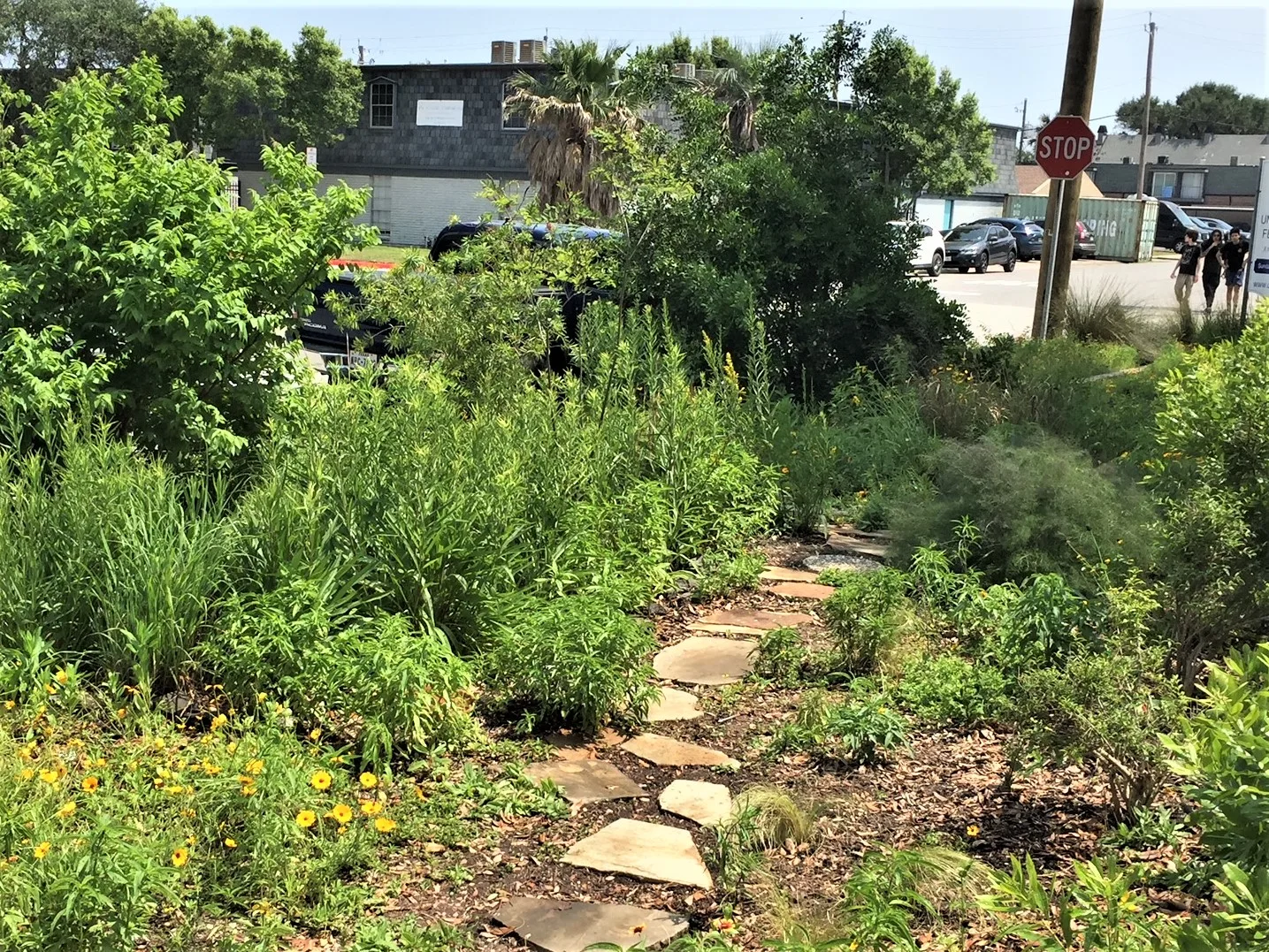
Chapter Meeting: How Can I Tame a Water-thirsty Yard? Getting Started on Xeriscape
Learn what “xeriscape” means and its basic principles. See an actual yard transformation and examples of xeriscapes. Suggested plants for our ecoregions are discussed.
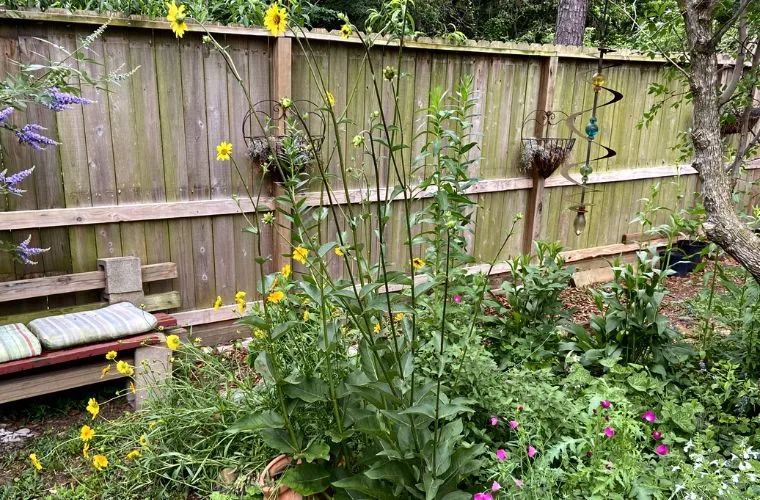
Chapter Meeting: Struttin’ Our Stuff, Season 3
Chapter members share their triumphs and growth stories from their own native plant gardens.
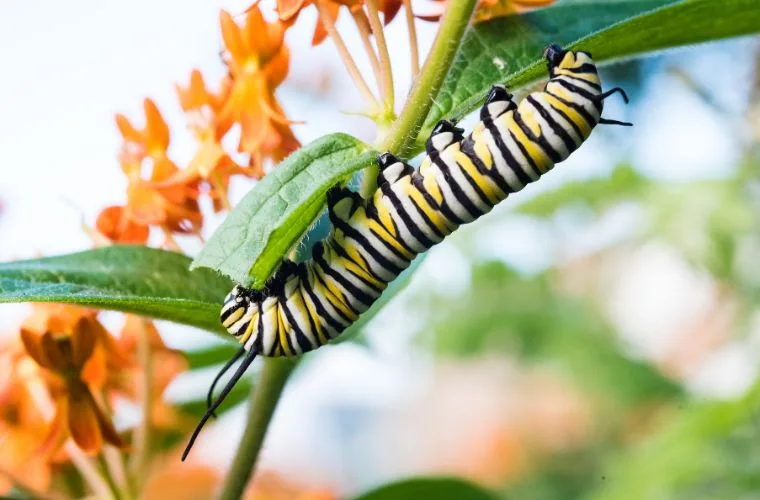
Chapter Meeting: OE in Monarchs and What You Can Do to Reduce It
Greg and Linda Pearson will delve into the world of Ophryocystis elektroscirrha (OE) and its profound impact on our beloved Monarch butterflies.
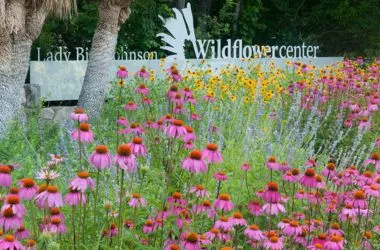
Chapter Meeting: How the Native Plants of North America Can Be a Useful Resource to You
Joe Marcus will cover the history of the Lady Bird Johnson Wildflower Center’s Native Plants of North America (NPONA) resource, the current state of the resource, and upcoming changes.
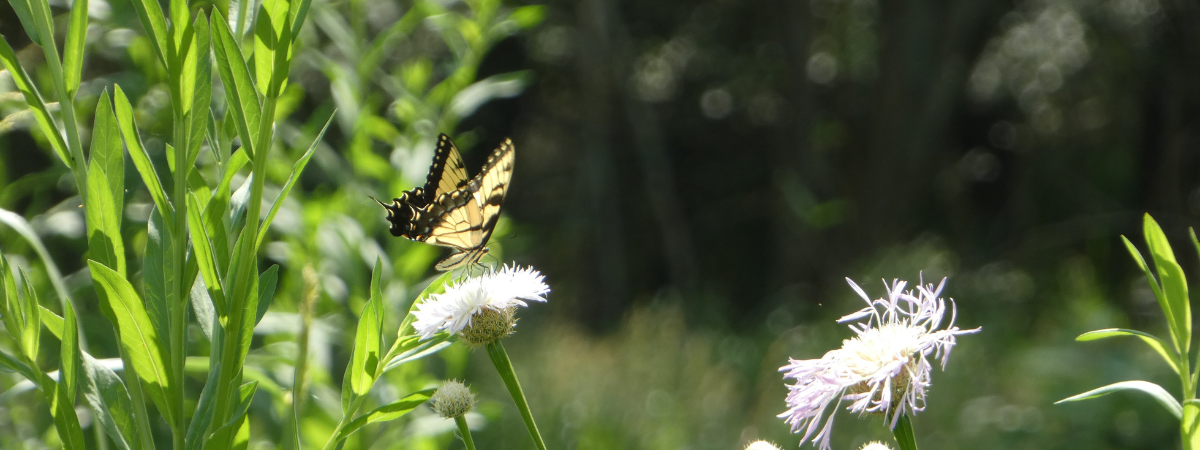
Chapter Meeting: New Prairies on the Block
A coastal prairie double feature — The Dick Benoit Prairie and Prairie/Savannah restoration on the UHCL campus.
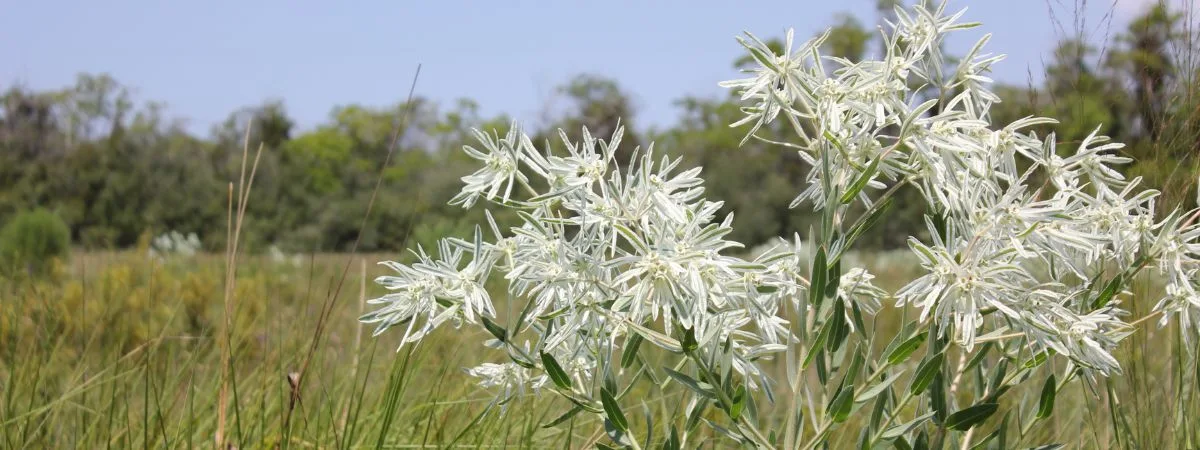
Chapter Meeting: Putting a Coastal Prairie and Wetland on the Ground at the UH Coastal Center
Learn about the coastal prairie restoration happening at the UH Coastal Center in La Marque.
